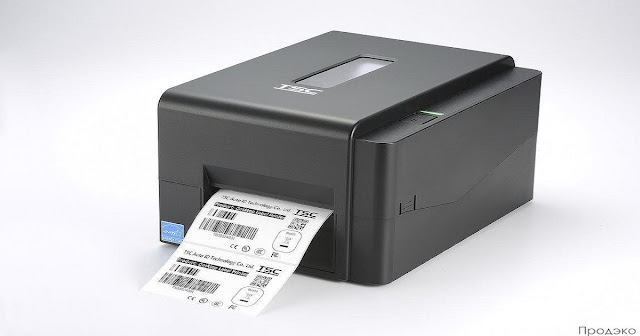Working Of A Thermal Transfer Label Printer
Thermal printers, including direct thermal and Thermal Transfer Label Printer, have been in common use since the mid-1970s. Sato was the first to release a barcode label printer. Today, there are many options for printing labels, including jet, laser, and impact printers. Most labels on the market are single-color, and some are single-color or multi-color, but industry standards consider thermal printers to be the best.
Introduction to Barcodes
Barcodes consist of spaces and lines and are designed to be read quickly and cleanly by barcode readers. Most Thermal Transfer Label Printer print small square dots with straight edges that are read by barcode scanners. Most existing thermal printers offer a lower resolution of 203 dots per inch, but most label printers will work. 203 dots/inch equals 8 dots/mm, and 305 dots/inch equals 12 dots/mm. Therefore, 305 dots per inch gives good results for the label format. Few printer companies today offer 400 dots per inch, and recently introduced 609 dots per inch print resolutions.
When shopping in a store or supermarket, a small printer is usually placed next to the checkout counter. That little printer called a thermal transfer printer prints receipts and details in a complex system called a POS system or POS.
Thermal Transfer Label Printer
As the name suggests, Thermal Transfer Label Printer rely on heat. It uses a special form of paper called thermal paper and a ribbon with solid "ink" or resin lined with Mylar. When you turn on the thermal transfer printer, you will find a roll of thermal paper that fits right under the print head. The ribbon is sandwiched between the thermal paper and the print head.
When using a thermal transfer printer, the print head generates heat. Which pixels or dots of the print head are heated depends on the character being printed. Heat is transferred to the polyester backing of the ribbon and melts the resin or "ink" of the ribbon. When the "ink" melts, it forms letters that come into contact with the thermal paper.
Advantages of thermal printers over other printing technologies
Media Options and Costs
Even including transfer tape, saves paper costs during printing. Thermal Transfer Label Printer can handle paper, film, or foil with excellent transfer tapes. This does not require prior laser treatment. Thermal transfer as a feature of resin streaks is reliable. These printers have round or fan-shaped stacks of media labels. Thermal printers also have a lot of adhesives.
Speed
Newer printers can print up to 10 inches per second. Not only that, older printers can print up to 4-6 inches per second. Thermal printers are also the fastest printers to print the first label.
Durability
Most common printers in use in the industry are over 10 years old.
USB is now a standard requirement for replacement electronics and parallel connections. A serial is also an option on many printer models. Ethernet connections have also become popular because companies with multiple printers can easily assign each printer an IP address and check the network.
Advantages of thermal transfer labels
The advantage of a Thermal Transfer Label Printer is that they are longer lasting than other thermal transfer processes and are not affected by heat or sunlight. This applies to shipping labels exposed to elements. When shipping labels become faded or soiled, it defeats the entire purpose of the label. Therefore, the package lasts until it reaches the recipient. Thermal labels are quick to make, so you can apply them in no time. Thermal printers also have fewer moving parts and are less expensive to manufacture.



.jpg)
Comments
Post a Comment